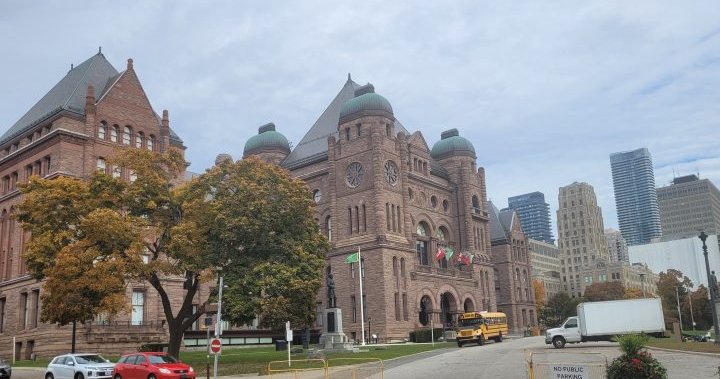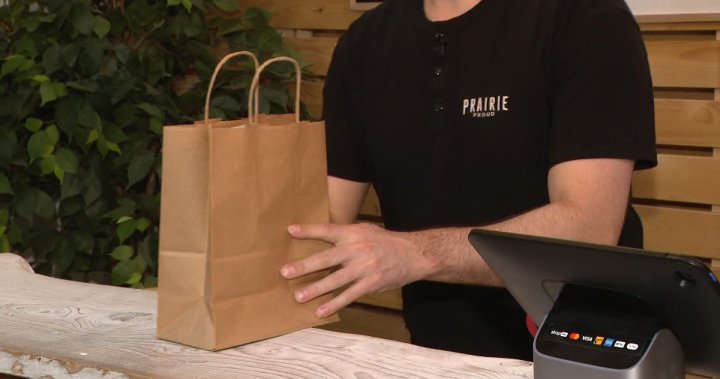Soon, the smell of fresh flowers won’t be the only sensory treat for visitors to the Fredericton Botanic Garden.
They will eventually be able to take home some of the nature they take in during a stroll through the garden.
A volunteer-led initiative is underway to plant more than 120 fruit and nut trees, hedges and vines. The bounty they produce in the coming years is expected to include everything from plums and pears to berries and chestnuts and will be available for the foraging public to pluck.
Sima Usvyatsov, a volunteer for the Fredericton Botanic Garden, said she pitched the idea of starting a “food forest” after hearing about the success of similar initiatives in other parts of New Brunswick and Canada.
The design plan for the garden currently has the food forest divided up among a main orchard, a “wildlife hedge,” a grape arbor, a raspberry and blackberry section, a nut orchard and a rare fruit section that will consist of lesser-known species such as shipova, American persimmon, Cornelian cherry and mulberry.

“We’re adding things like cherries and pears and plums and apricots and peaches, Saskatoon [berries], sea buckthorn — basically kind of everything, really,” said Usvyatsov.
“We have butternuts and chestnuts and hazelnuts for nut production, and that’s very important because they’re very high-calorie foods that can store well, and then there’s quite a variety of fruit.”
With everything set to be planted by next spring, Usvyatsov said visitors should be able to pick small quantities of black currant, blueberries and haskap within a year. Other things like cherries and apricots might take about two years to bear fruit, and the nuts will take as long as five to seven years.
“I’m definitely hoping to see people use it to just straight-up gather and eat,” she said. “I’m hoping to see people learning about new types of edible plants that can be grown in Fredericton.”
The Fredericton Botanic Garden received a $5,000 Community Food Action grant from the provincial government, and plans to use that for the cost of buying trees and other materials.
Project to help improve food security
When the COVID-19 pandemic hit, supply chain hiccups led to shortages of household products such as toilet paper, flour and yeast.
Those shortages highlight the need to have an accessible supply of locally produced food, said Susanne White, a co-ordinator for Greater Fredericton Social Innovation.
Initiatives like the new food forest can help fulfil that need, said White, whose charity is aimed at poverty reduction in and around the city.

“When it comes to something as important as food … we really need to start looking at what can we be doing to build capacity on a local front,” White said.
“So enlightened municipalities are looking at ways that they can support community groups to help build that capacity on our own doorsteps, and that’s by building urban gardens, urban orchards, food forests, expanding community gardens and the like, so that people have access to be able to grow, produce food and build up their own food skills.”







More Stories
Ontario NDP sets ultimatum for legislature keffiyeh ban, threatening to defy rules | Globalnews.ca
Confidence levels taking a hit as costs rise for local Saskatchewan businesses | Globalnews.ca
Winnipeg dental program serving inner-city youth marks 25 years – Winnipeg | Globalnews.ca